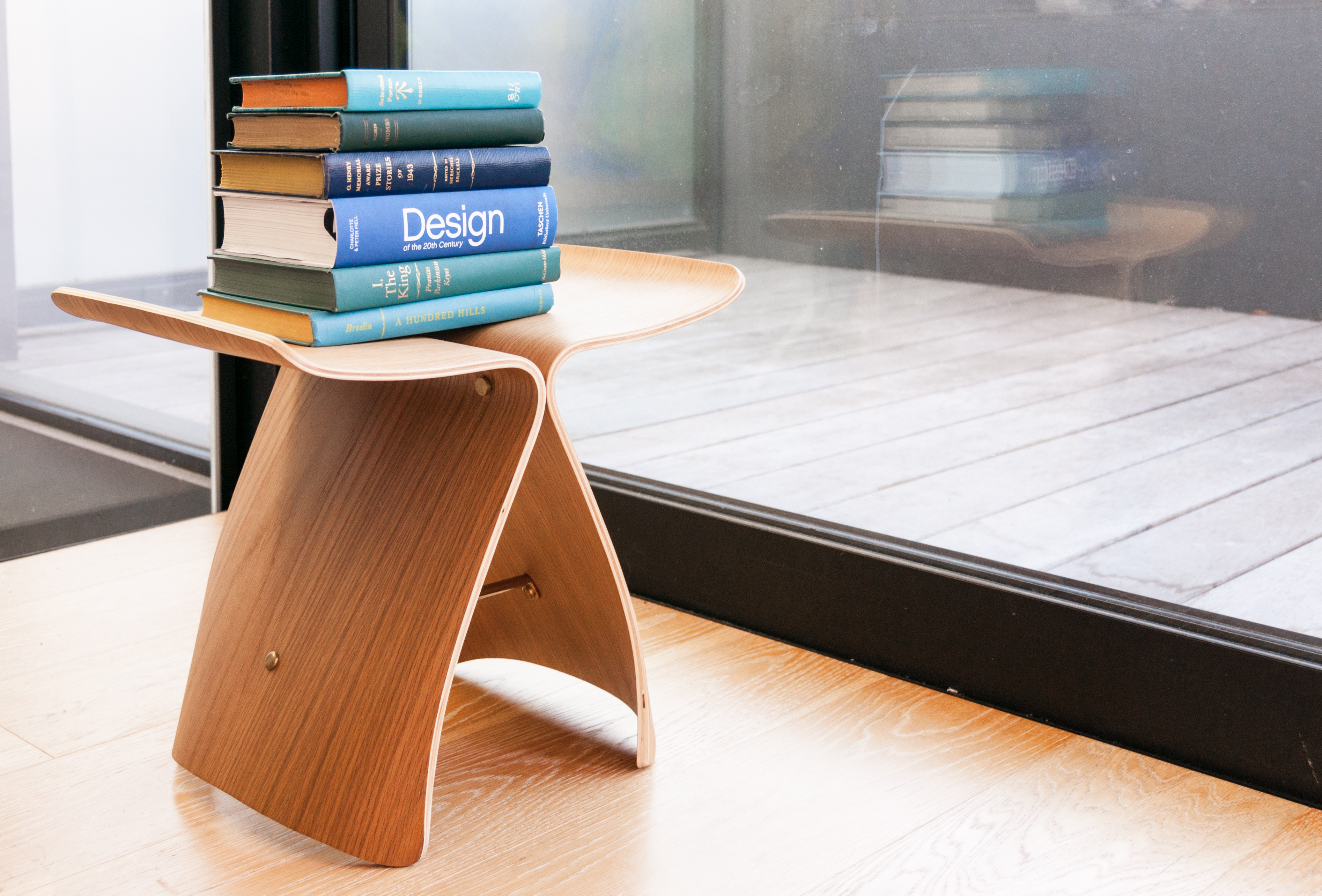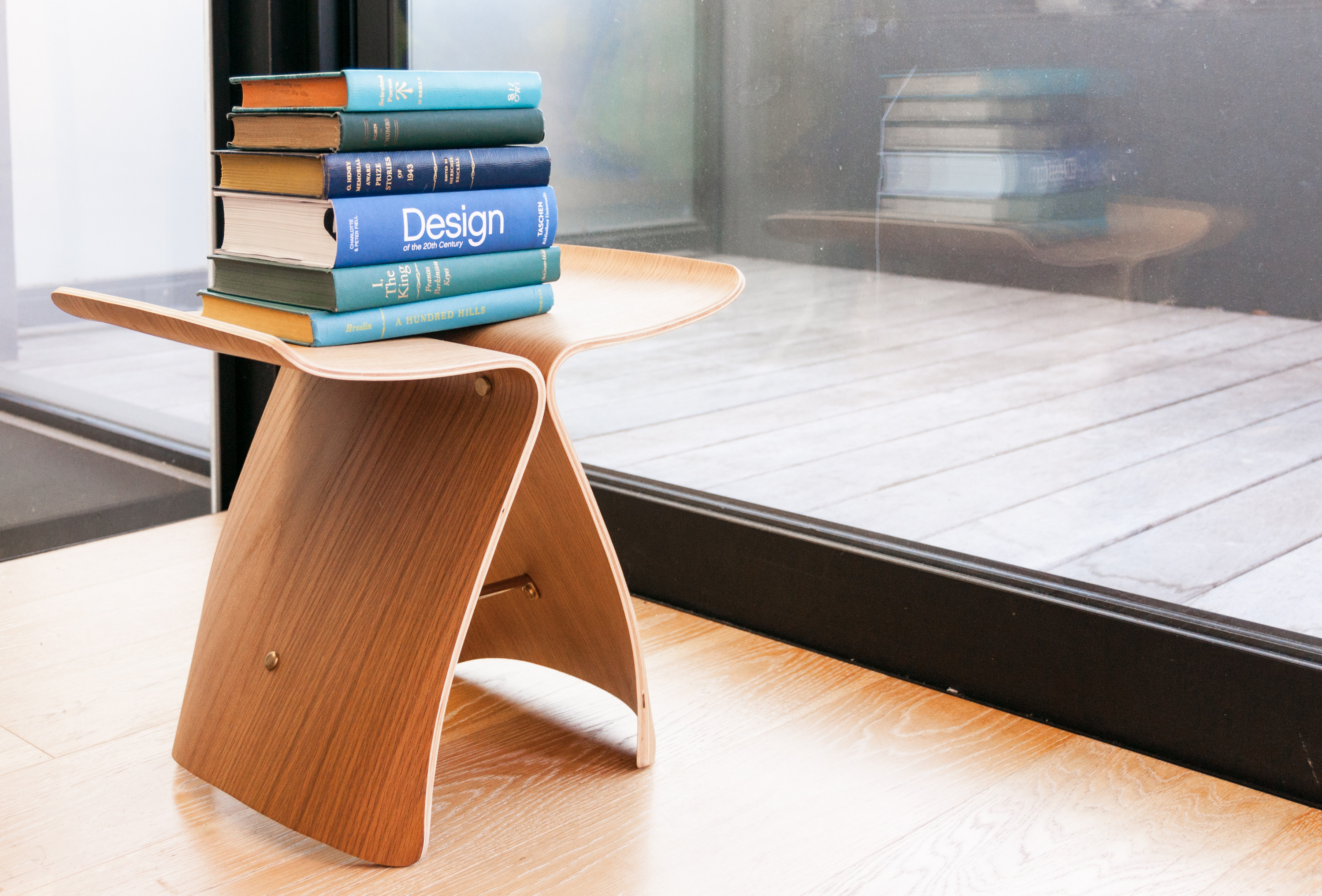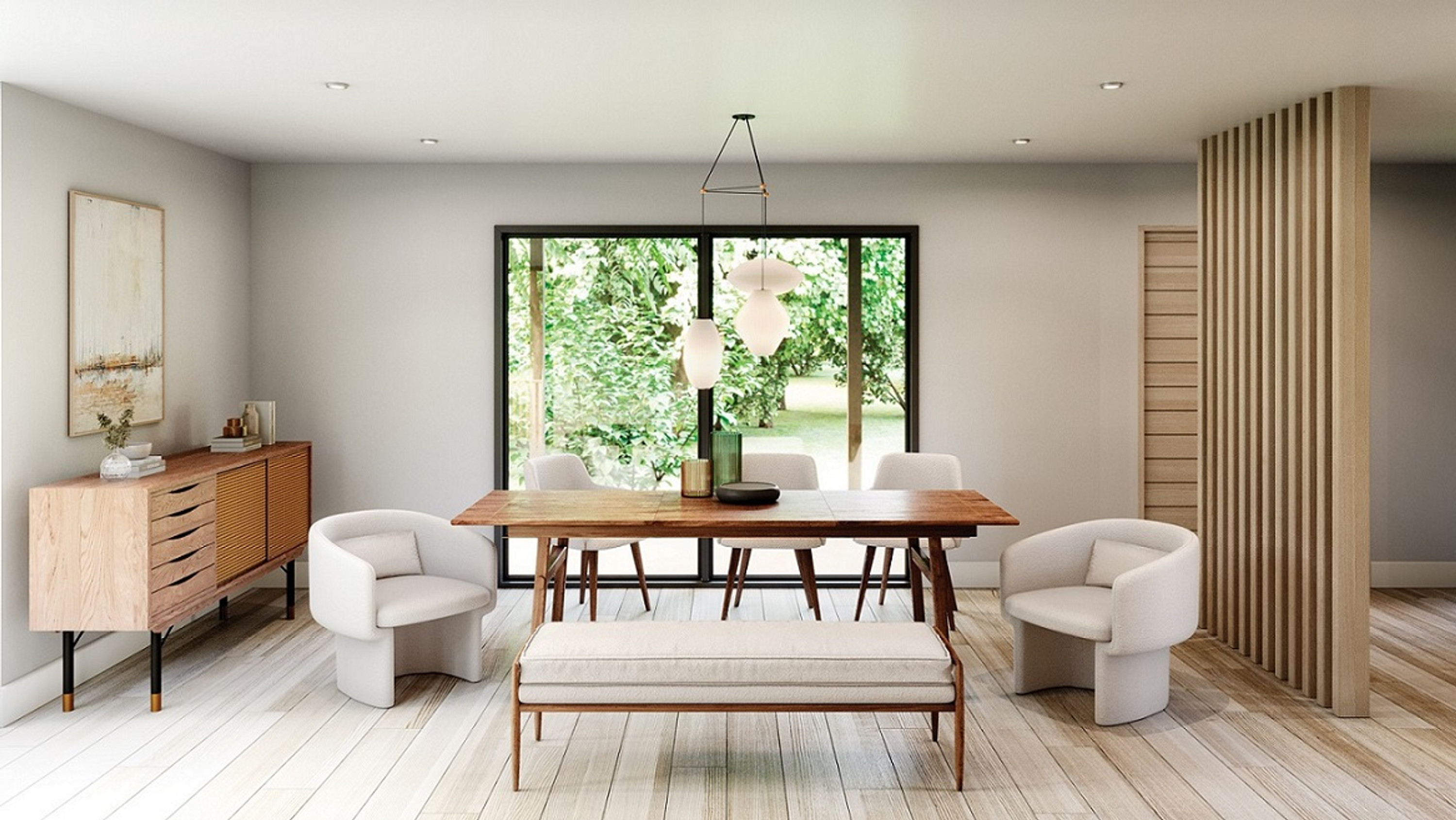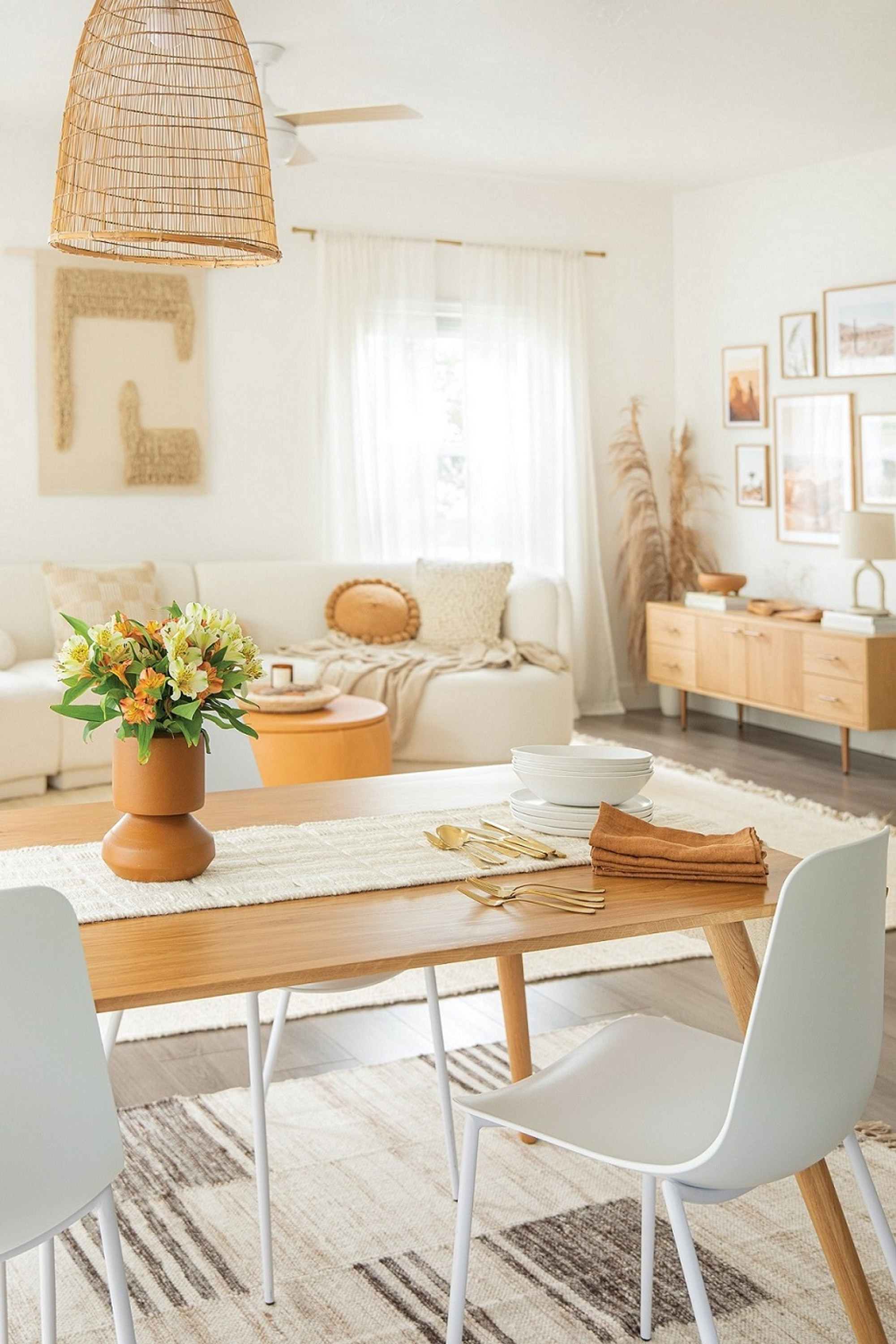
Interior design movements have paved the way for an array of amazing angles, textures and colors for furniture, especially in the 20th and 21st centuries. Explore some of the major movements of the last several decades to find out which one inspires you most.
Art Nouveau
Emerging between 1890 and the mid-1910s, the art nouveau movement emphasized extravagance. Influenced by Celtic art and Japonism art, nouveau aspired to integrate art and design into everyday living, where even the most functional objects were beautified and turned into works of art. Art nouveau furniture often featured floral motifs, elongated, curving lines, strong linear shapes and feminine silhouettes.
Bauhaus
The Bauhaus design movement, which began in Germany in 1919, was created to oppose opulent styles like art nouveau. Its founder, architect Walter Gropius, maintained that for an object to serve its purpose, it had to fulfill its function in the most practical way. Function took precedence over form. With its focus on minimalism, Bauhaus would later influence other leading styles, such as Scandinavian, industrial and the mid-century modern styles embraced by Kardiel. Browse Kardiel’s Bauhaus series here.
Art Deco
Originating in 1920s Paris, the art deco movement represented modernism turned into fashion. Its furniture and other products were created with the intention to emphasize elegance and opulence as signifiers of wealth and sophistication. Its distinguishing features include simple, clean shapes, geometrical ornamentation and symmetry. Although the style largely went out of fashion in most places during the second world war, the 1960s saw a renewed interest in the design.
Mid-Century Modern
The mid-century modern movement spanned from about 1933 to 1965 and emphasized simple forms and functionality with organic influences. Warm woods, sleek shapes, gentle curves and retro patterns are all indicative of the mid-century modern style, as is minimal ornamentation. The mid-century modern look was also daring enough to explore traditional as well as non-traditional materials and employed a wide range of colors, favoring juxtaposition without going over the top. Kardiel specializes in the mid-century modern style, inspired by design influences from the 50s, 60s and 70s mixed with contemporary modern and Scandinavian furniture designs.
Postmodernism
Conceived in the 1970s and continuing through the 1980s, postmodernism replaced formality and universal taste with bold, flashy and eclectic interiors. This design movement favored expression, so long as that expression was loud. With strong contrasts, saturated colors and superfluous ornamentation, the postmodernist interior design movement was all about making a visual statement and relinquishing the mundane with an artistic statement.
Industrial
Largely a 20th century phenomenon that persists today, the industrial design movement is all about rawness and edge. Structural elements are transformed into centerpieces, achieving a look that seems both unfinished yet chic. Wood lives alongside metal, while beams and ducts remain exposed against a backdrop of warm, neutral colors. Some believe that the industrial look was born out of converting old warehouses and factories into living spaces, creating a whole new kind of urban style.
Modern Farmhouse
A response to the minimalism seen in earlier eras, the modern farmhouse look seen today is all about evoking feelings of warmth and comfort, combining cozy furniture pieces with salvaged materials such as reclaimed wood. Antiques are welcome in this space but not if they’re too delicate; the modern farmhouse style insists on being unfussy and uncluttered.
Whether you choose to embody one interior design movement in your living space or you prefer a blend of several movements, Kardiel is an ideal partner to fill your mid-century modern furniture needs. Ultimately, we think Mary Haweis said it best about settling on a design for your space: “One of my strongest convictions, and one of the first canons of good taste, is that our houses, like the fish’s shell and the bird’s nest, ought to represent our individual taste and habits.” Are you ready to furnish your shell?
Erica Garza is an author and essayist. Her work has appeared in TIME, Health, Glamour, Good Housekeeping, Women's Health, The Telegraph and VICE. She lives in Los Angeles.
References:
- https://www.impressiveinteriordesign.com/art-nouveau-interior-design-style-decor-colors/
- https://mymodernmet.com/what-is-bauhaus-art-movement/
- https://www.kardiel.com/
- https://www.kardiel.com/collections/bauhaus-series/
- https://www.britannica.com/art/Art-Deco
- https://www.architecturaldigest.com/story/midcentury-modern-decor-basics-that-every-beginner-should-know
- https://www.kardiel.com/scan-coffee-table-walnut/
- https://www.kardiel.com/chairs/club-chairs/woodrow-box-chairs/
- https://www.kardiel.com/chairs/lounge-chairs/tripod-chairs/
- https://www.kardiel.com/george-nelson-block-clock-blue/
- https://www.houzz.com.au/magazine/postmodern-design-what-is-it-really-stsetivw-vs~28703750
- https://www.impressiveinteriordesign.com/modern-industrial-interior-design-definition-ideas/
- https://www.thespruce.com/classic-farmhouse-style-2213409
- https://www.kardiel.com/collections/




